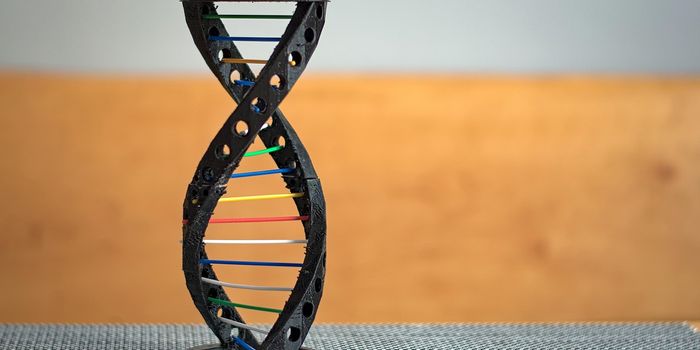Sunscreen: Should You Buy Higher SPF?
Does higher sun protection factor (SPF) really offer more protection against the sun’s rays? Though this seems like a logical conclusion, there a surprising lack of consensus for consumers. Now, results from a new study confirm that, indeed, higher SPF can reduce the risk of melanoma by 33 percent.

Ultraviolet (UV) radiation is the leading cause of skin cancer, also known as melanoma. There are 2 forms of UV rays: UVA and UVB. One simple way to keep track of these rays is by remembering that UVA is associated with aging, while UVB is associated with burning.
Those sunburns after a fun beach day? Those are caused by UVB, which is implicated as a key player in skin cancer. These types of rays are more intense during high noon, and relaxes a little when the sun goes down. By contrast, UVA rays are present at the same intensity throughout the day and season. Exposure to these rays accelerate skin aging, and can also promote skin cancer.
Sunscreen lotions offer protection against these harmful rays. However, when it comes to exactly how much that sunscreen is protecting your skin, the answer isn’t quite so simple. For example, the SPF number on the bottle of sunscreen is mainly an indication of UVB protection, meaning that UVA protection can be a sort of guesswork for consumers.
The SPF number is also misleading in how it is derived in the lab versus how consumers use it in real life. Consider a sunscreen with an SPF 30. This means that the sunscreen would provide a factor of 30 sun protection before your skin would burn. In other words, if your skin burns after 10 minutes in the sun, then SPF 30 would theoretically let you stay 30 times longer (300 minutes) before burning.
But the reality is not quite so reassuring, as many beachgoers with sunburns can attest. This is because under practical, real-life conditions, people typically use a quarter to a half of what’s required to achieve the advertised SPF. Consequently, people are only getting, at best, about a third of the labeled SPF protection.
People are also terrible at reapplying the liberal amounts of sunscreen at regular intervals, too. This undermines the protection they can get.
Thus, if it seems that people are so bad at applying sunscreen right, giving them a higher SPF sunscreen to begin with could be an appropriate solution, right? As it turns out, this is not a fail-proof option either. High SPF can lull people in a false sense of sun safety – they may stay out in the sun for longer and dismiss seeking shade.
Not many people realize that SPF is not a linear scale – an SPF 30 does not equal twice the protection as an SPF 15. Rather, SPF 15 blocks 93 percent of UVB rays, and an SPF 30 offers an increase of 4 percent protection (97 percent of UVB rays blocked). Meanwhile, increasing the SPF to 50 buys you an increase in 1 percent of UVB protection (98 percent UVB rays blocked).
And so, how high can you go with SPF before the protection increase is negligible? According to Dr. Steven Wang, physician at the Memorial Sloan-Kettering Cancer Center and a member of The Skin Cancer Foundation, he recommends not going below SPF 30 and not above SPF 50.
Importantly, Wang also emphasizes that the sunscreen also have broad spectrum protection, which would cover UVA as well as UVB rays. “In addition to an SPF of 30+, your sunscreen should include some combination of the following UVA-blocking ingredients: zinc oxide, titanium dioxide, avobenzone, ecamsule, and oxybenzone. Sunscreens with both UVA and UVB protection may be labeled multi spectrum, broad spectrum, or UVA/UVB protection,” said Wang.
Additional source: University of Oslo, Skin Cancer Foundation








